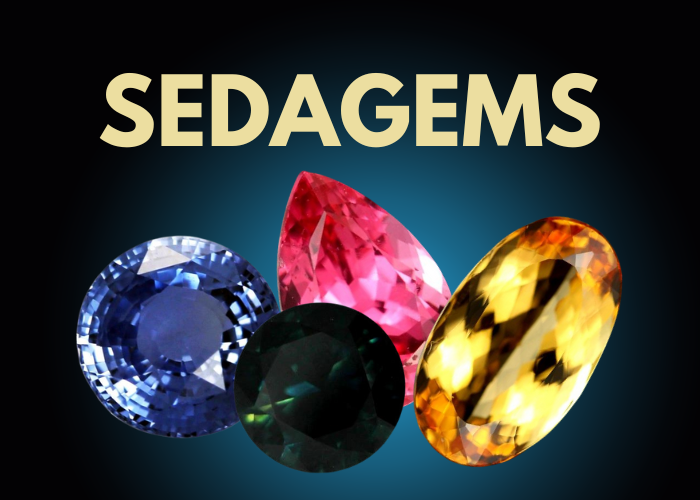47.10 CTS RARE PEANUT WOOD FOSSIL POLISHED STONE [MGW5117]
- SKU
- Dimensiones (mm)
- 37.000 x 28.000 x 5.000mm
- Peso (cts)
- 47.100
- Treatment
- No Treatment
- Colores
-
PEANUT WOOD FOSSIL STONE
The first people to find this material thought it looked like peanuts so the name stuck to it. Back to the Cretaceous seafloor where the waterlogged wood that has been heavily drilled by prehistoric shipworms is resting. Billions of tiny radiolarians (tiny plankton with siliceous shells) are living in the water above the wood. A river mouth is a great place for radiolarians to live because the river delivers a continuous supply of nutrients to the sea. When the radiolarians die, their tiny silicious shells sink to the bottom and accumulate as a white sediment known as radiolarian ooze. Layer after layer of radiolarian ooze accumulated over the wood, entered the bore holes, and some of it dissolved to form a super-saturated silica solution. This dissolved silica precipitated in the cavities of the wood and replaced the woody tissues, converting the waterlogged wood into a fossil. Today, if a piece of the wood is broken, the petrified wood is a brown-to-black color. Contrasting with the wood is the white radiolarian ooze that filled the boreholes. Since the boreholes are filled, they appear on the broken surface of the wood as white oval-shaped markings about the size and shape of a peanut. That is how the peanut wood obtained its distinctive appearance and its name. The sediments that contained the peanut wood lithified into sedimentary rocks that are now known as the “Windalia Radiolarite.” The Windalia was eventually uplifted as part of Western Australia’s Kennedy Ranges, which are now above sea level. A few lapidaries found the peanut wood, tried cutting it and discovered that it is a gem material that can be used to make very colorful, interesting, and brightly polished cabochons.
- SKU
- Dimensiones (mm)
- 37.000 x 28.000 x 5.000 mm
- Peso (cts)
- 47.100
- Treatment
- No Treatment
- Colores
-
PEANUT WOOD FOSSIL STONE
The first people to find this material thought it looked like peanuts so the name stuck to it. Back to the Cretaceous seafloor where the waterlogged wood that has been heavily drilled by prehistoric shipworms is resting. Billions of tiny radiolarians (tiny plankton with siliceous shells) are living in the water above the wood. A river mouth is a great place for radiolarians to live because the river delivers a continuous supply of nutrients to the sea. When the radiolarians die, their tiny silicious shells sink to the bottom and accumulate as a white sediment known as radiolarian ooze. Layer after layer of radiolarian ooze accumulated over the wood, entered the bore holes, and some of it dissolved to form a super-saturated silica solution. This dissolved silica precipitated in the cavities of the wood and replaced the woody tissues, converting the waterlogged wood into a fossil. Today, if a piece of the wood is broken, the petrified wood is a brown-to-black color. Contrasting with the wood is the white radiolarian ooze that filled the boreholes. Since the boreholes are filled, they appear on the broken surface of the wood as white oval-shaped markings about the size and shape of a peanut. That is how the peanut wood obtained its distinctive appearance and its name. The sediments that contained the peanut wood lithified into sedimentary rocks that are now known as the “Windalia Radiolarite.” The Windalia was eventually uplifted as part of Western Australia’s Kennedy Ranges, which are now above sea level. A few lapidaries found the peanut wood, tried cutting it and discovered that it is a gem material that can be used to make very colorful, interesting, and brightly polished cabochons.
| Proveedor de envío | Envío a Australia | Envíos al resto del mundo |
|---|---|---|
| FedEx | $12.00 / 3 días días | $39.00 / 10 días días |
|
Australia
FedEx tiene descuento a $12.00 en pedidos con 2 o más artículos
Resto del mundo
FedEx tiene descuento a $39.00 en pedidos con 2 o más artículos
|
||
| Registered Shipping | $9.00 / 7 días días | $16.00 / 21 días días |
|
Australia
Registered Shipping tiene descuento a $9.00 en pedidos con 2 o más artículos
Resto del mundo
Registered Shipping tiene descuento a $16.00 en pedidos con 2 o más artículos
|
||

-
 Positivo
PositivoGreat thank very much, lovely pearls.
-
 Positivo
PositivoNice piece of rough. thankyou
-
 Positivo
PositivoNice stone. Thankyou
-
 Positivo
PositivoHave received the rough. Nice colour. Thankyou
-
 Positivo
PositivoBeautiful ametrine. Very fast delivery. Professional seller




![AAA GRADE ROUND PEARL PARCEL HIGH LUSTER- 7 MM [PF2206]](https://liveplatforms-production.b-cdn.net/tenants/gr/uploads/images/245000-249999/245364/245364_1319605247.jpg?width=480&aspect_ratio=1001%3A1000)


![3.10 CTS MINT GREEN GLOSSULAR GARNET ROUGH [F5077]](https://liveplatforms-production.b-cdn.net/tenants/gr/uploads/images/415000-419999/419109/536873d918eb0.JPG?width=480&aspect_ratio=1001%3A1000)
![AMETRINE ROUGH-BOLIVIAN 73.65 CTS [F2455]](https://liveplatforms-production.b-cdn.net/tenants/gr/uploads/images/205000-209999/205274/205274_1290135485.jpg?width=480&aspect_ratio=1001%3A1000)





